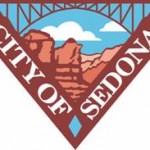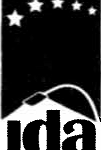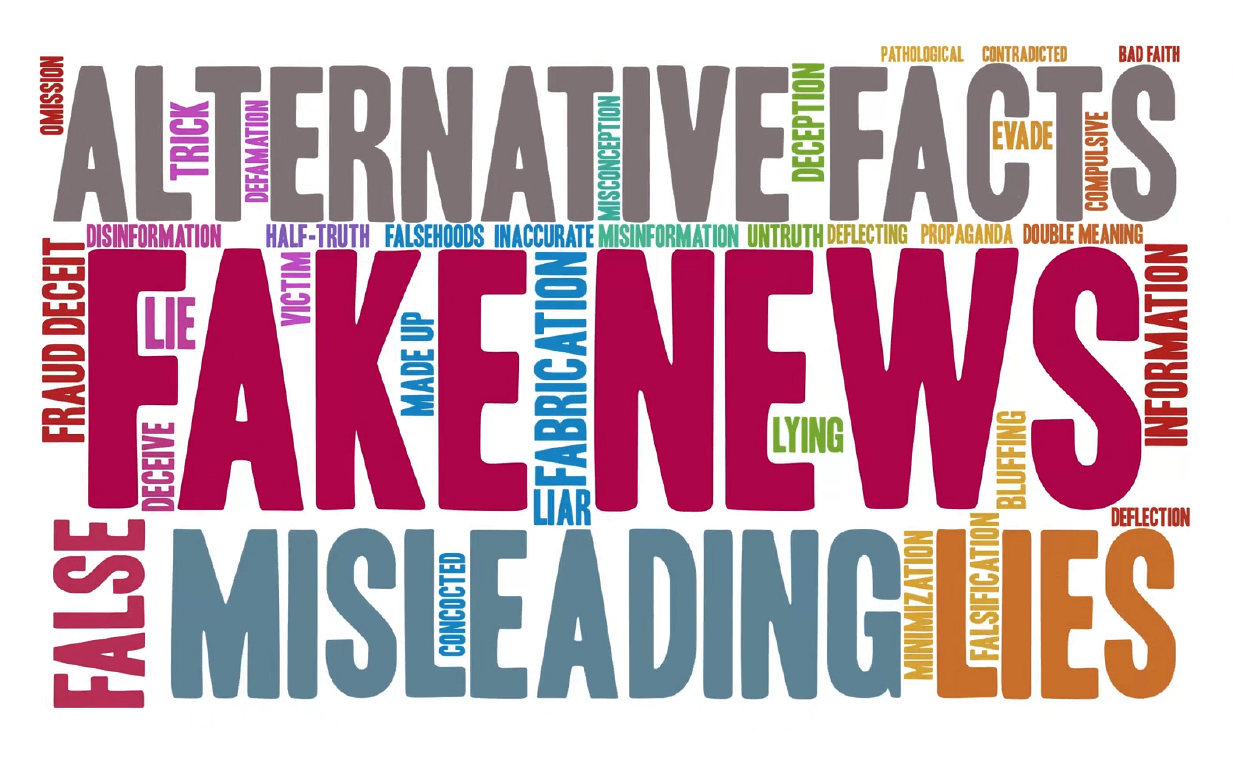 Sedona AZ (February 14, 2012) – The Sedona Eye provides this letter dated February 9, 2012 written by the Executive Director of the International Dark-Sky Association (IDA), Bob Parks, and released to the media on February 14, 2012 by the City of Sedona without editorial comment. The IDA has offices in Tucson, Arizona; Belgium and Australia:
Sedona AZ (February 14, 2012) – The Sedona Eye provides this letter dated February 9, 2012 written by the Executive Director of the International Dark-Sky Association (IDA), Bob Parks, and released to the media on February 14, 2012 by the City of Sedona without editorial comment. The IDA has offices in Tucson, Arizona; Belgium and Australia:
IDA response to the Proposed Sedona 89a Highway Project
February 9, 2012
The International Dark-Sky Association has been asked to clarify its position regarding the impact that the proposed 89a highway lighting project would have in regard to the International Dark Sky Places (IDSP) certification process.
In reviewing the history of the project, we are struck with the general lack of concern by the Arizona Department of Transportation (ADOT) for providing a solution that will address the traffic safety concerns in an environmentally responsible manner. The report by CivTech, dated December 2010, appears to offer reasonable options that could address the safety concerns of the community without the installation of continuous roadway lighting (CRL). In addition, this report clearly identifies that the volume of traffic at night does not warrant CRL by current IES RP-8 standards. However, ADOT has apparently chosen to ignore these recommendations and install CRL that will significantly degrade the night sky, waste energy, increase greenhouse gases and saddle the community with substantial ongoing operating costs.
IDA recommends that outdoor lighting be used only when necessary, in only the quantity necessary and directed to the area needed with proper shielding of the fixtures. The proposed plan by ADOT only addresses the last criterion. We would only recommend lighting the intersection outlined in the CivTech analysis plus the adoption of the non-lighting recommendations. If CRL is used, it should be used at the minimum illumination level necessary for the time of night and traffic load, and turned off when the traffic load indicates that it is no longer necessary to provide lighting. Using current IES recommended practices the switch off could easily occur by 9 PM. Programmable timers could be installed to accomplish this for very little cost and would result in vast savings in energy, costs, and greenhouse gases.
In any project of this size, cost and impact on the community, remediation methods should be phased in and an analysis of their effectiveness should be made before additional measures are installed. Under no circumstances should CRL be considered as the first option.
This brings us to the crux of the issue related to the IDSP certification question.
“The IDSC designees must adhere to stringent standards that protect the natural night sky through outdoor lighting plans and ensure the continuation of this protection through planning and zoning directives. The following is the official definition of an International Dark Sky Community: a town, city, municipality, or other legally organized community that has shown exceptional dedication to the preservation of the night sky through the implementation and enforcement of quality lighting codes, dark sky education, and citizen support of dark skies. ”
The fact that the City of Sedona appears to be unable or unwilling to take the necessary measures to protect the night sky from future degradation would most likely cause the IDSP committee to reject an application for International Dark Sky Community (IDSC) status. IDSC status signifies a strong cooperation among all the parties responsible for the protection of the night sky. It would appear that this cooperation does not currently extend to ADOT, as they appear willing to install unwarranted lighting. This clearly impairs the community’s ability to work collaboratively to preserve the quality of the night sky.
To further clarify the criteria of the IDSC, the use of fully shielded lighting fixtures alone does not qualify lighting as dark sky friendly. When and how much lighting is used is also vitally important.
In closing, I sincerely hope that the City of Sedona can reach some accommodation with ADOT to mediate what appears to be a contentious issue. The IDSC certification can bring significant economic benefit to a community along with justifiable pride and prestige. However, this prestige is often earned by the substantial effort required to obtain the support of all the parties that must agree that dark skies are worth protecting.
Sincerely,
Bob Parks Executive Director International Dark-Sky Association Tucson, AZ 85719 USA tel +1 520.293.3198 www.darksky.org ida@darksky.org
For the best in Sedona news and views, read SedonaEye.com daily! Reach 3000+ subscribers with your ads and articles!



good
howzabouts ya hoozy hoozits ” i’m a light worker kind ” start to run out of town like lemmings quick now cause AZ Power can create light without ya help **** & charge less $$$ to do it
vammous varmits
Tom T let’s guess your last name…TUPID? It would be nice for Sedona to keep its sky free of light pollution and safe night time driving. Why can’t you do both?
roseanna danna right on! got your back babe! tom tupid we b LMAO at u!
Jillian and Mark sent via Facebook.